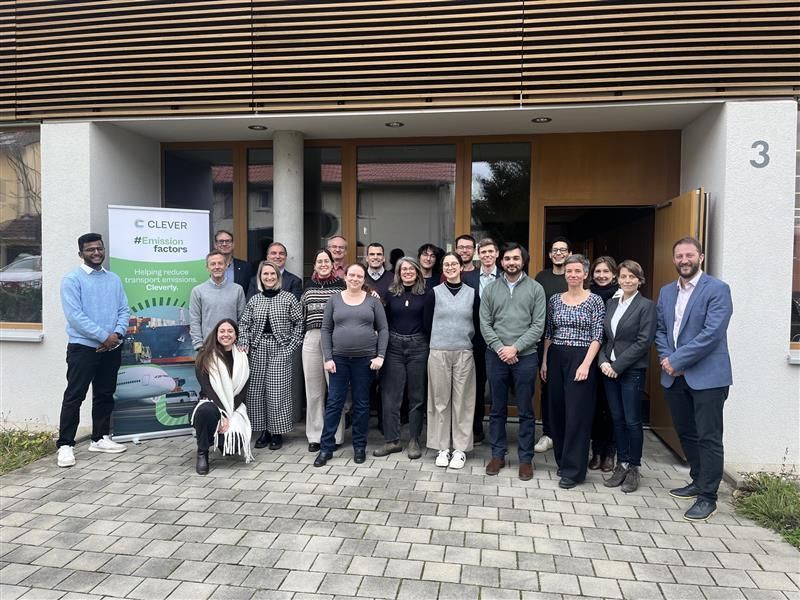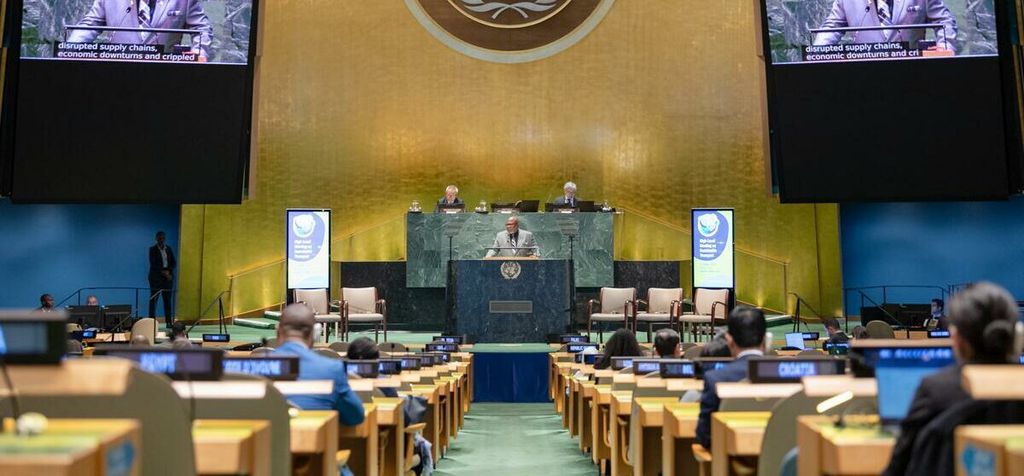
Public transport national determined contributions template
Public Transport and Nationally Determined Contributions
UITP’s new NDC template is designed to guide national governments in bolstering their Nationally Determined Contributions (NDCs) by integrating public transport and active mobility strategies. This approach is essential to meeting the ambitious climate goals set for 2025 and beyond.
With the next round of NDCs due before COP30, the report highlights that urban transport, responsible for a significant portion of global CO2 emissions, must adopt sustainable practices. Current NDCs are insufficient to meet the Paris Agreement goals, necessitating more robust public transport strategies.
Incorporating public transport into NDCs is vital for reducing greenhouse gas emissions, improving urban air quality, and enhancing the quality of life in cities. Public transport offers a sustainable alternative to private vehicles, decreasing congestion and lowering the carbon footprint.
By prioritising public transport, governments can promote inclusive, resilient, and low-emission urban environments. This strategic focus helps nations meet climate targets while simultaneously achieving broader socio-economic benefits.
Public transport in existing NDCs
So how is public transport represented in the existing NDCs?
- Inclusion and Ambition: While two-thirds of current NDCs include public transport, there remains significant room for improvement. Ambitious targets and clear timelines are crucial.
- Leadership and Action: Only 40% of NDCs identify specific ministries responsible for public transport policies. High-income countries focus on clean vehicle technologies, while lower-income countries prioritize infrastructure and service improvements.
- Investment and Evaluation: Only a third of NDCs specify budgets for public transport, emphasizing the need for capacity building and technical assistance. Effective NDCs should include non-GHG KPIs to measure impact comprehensively.
Membership benefits








